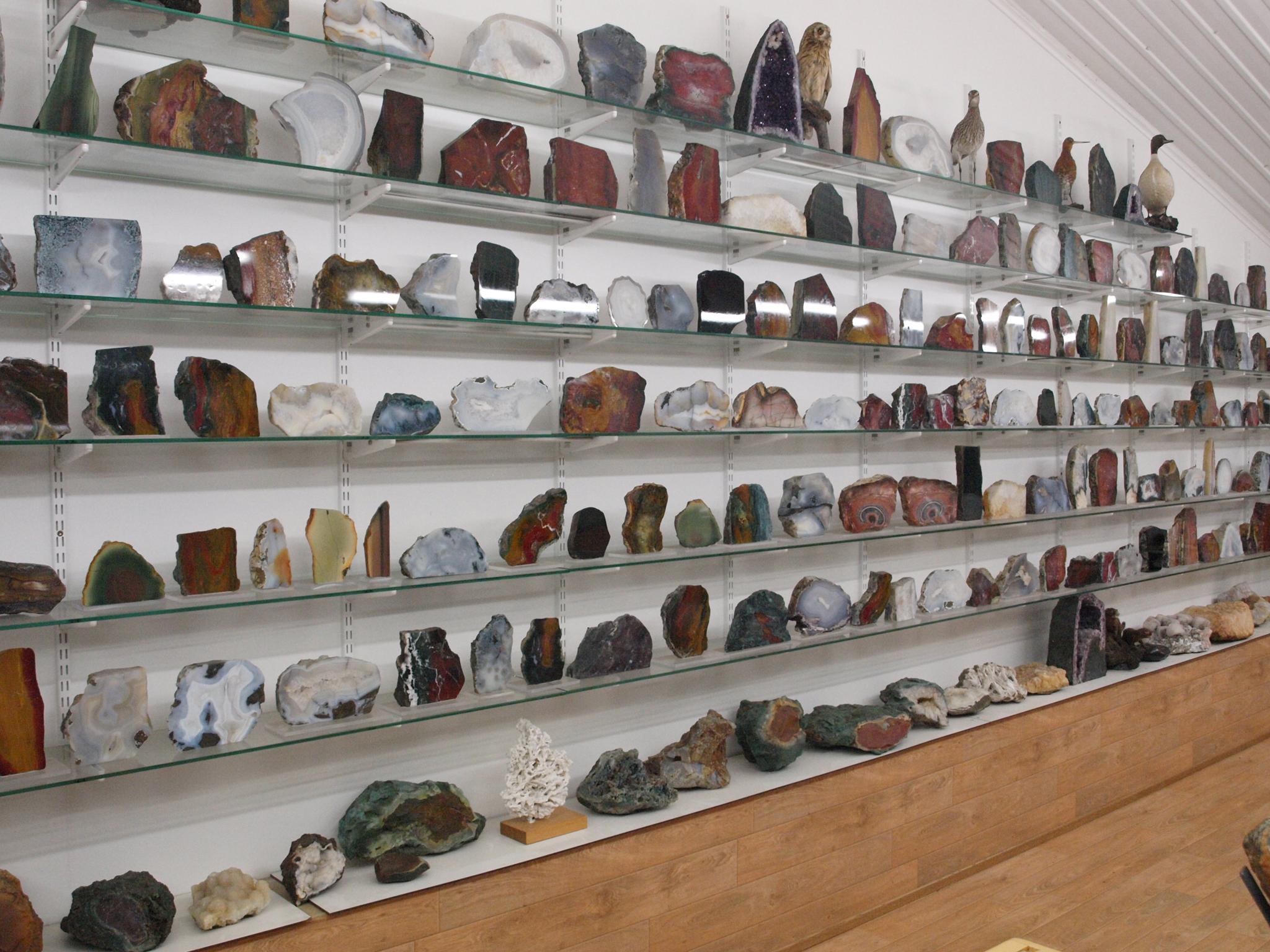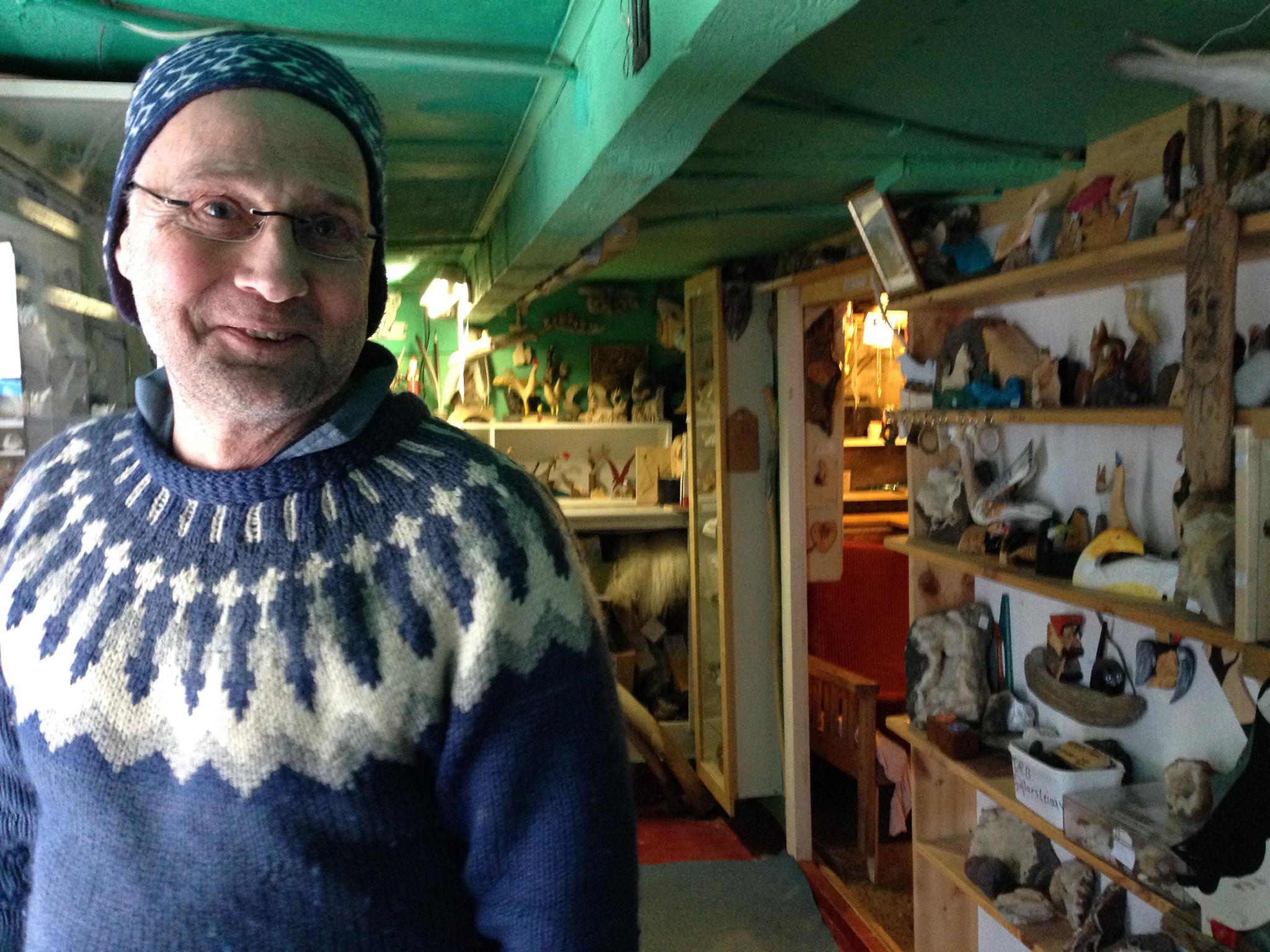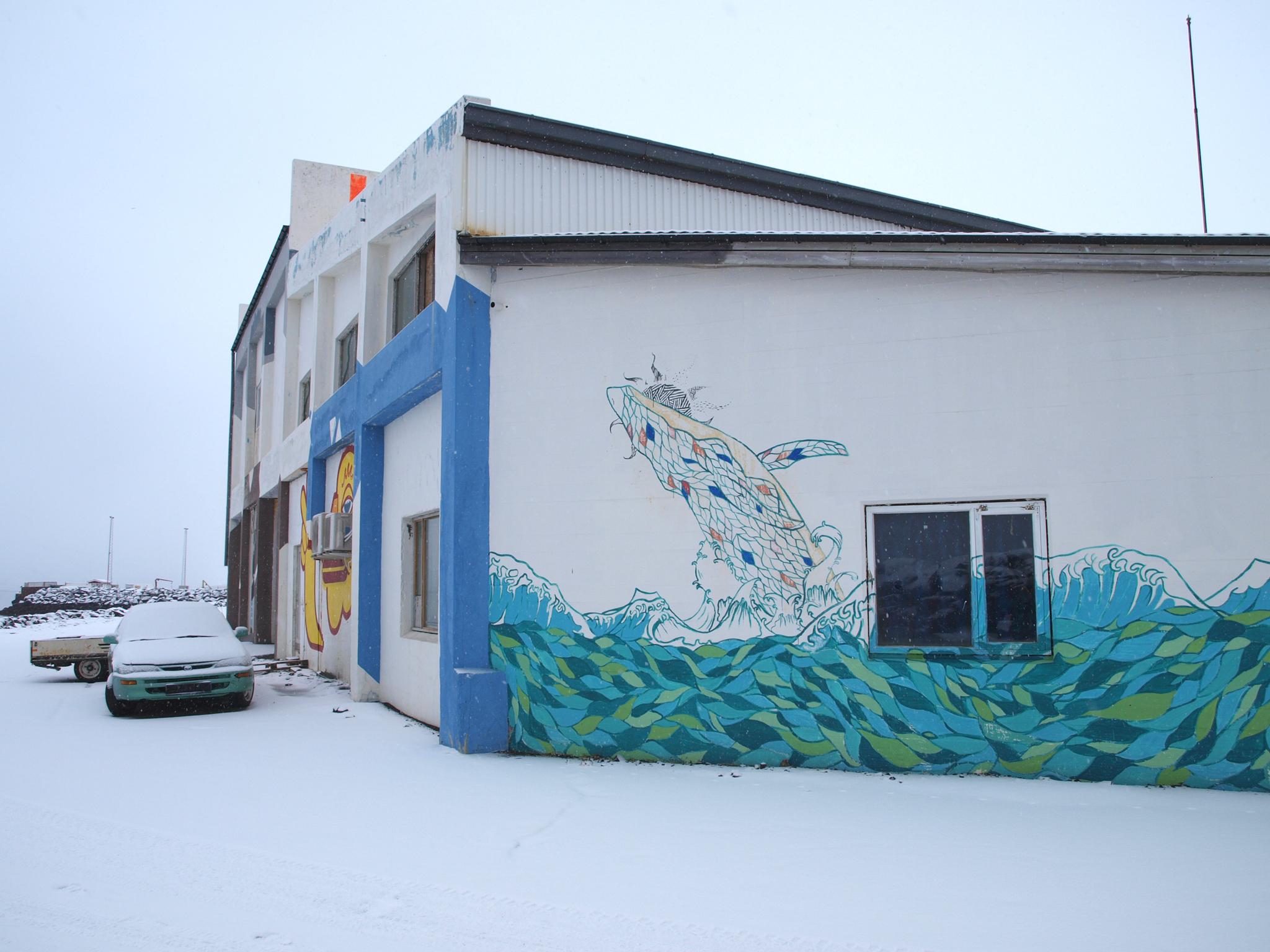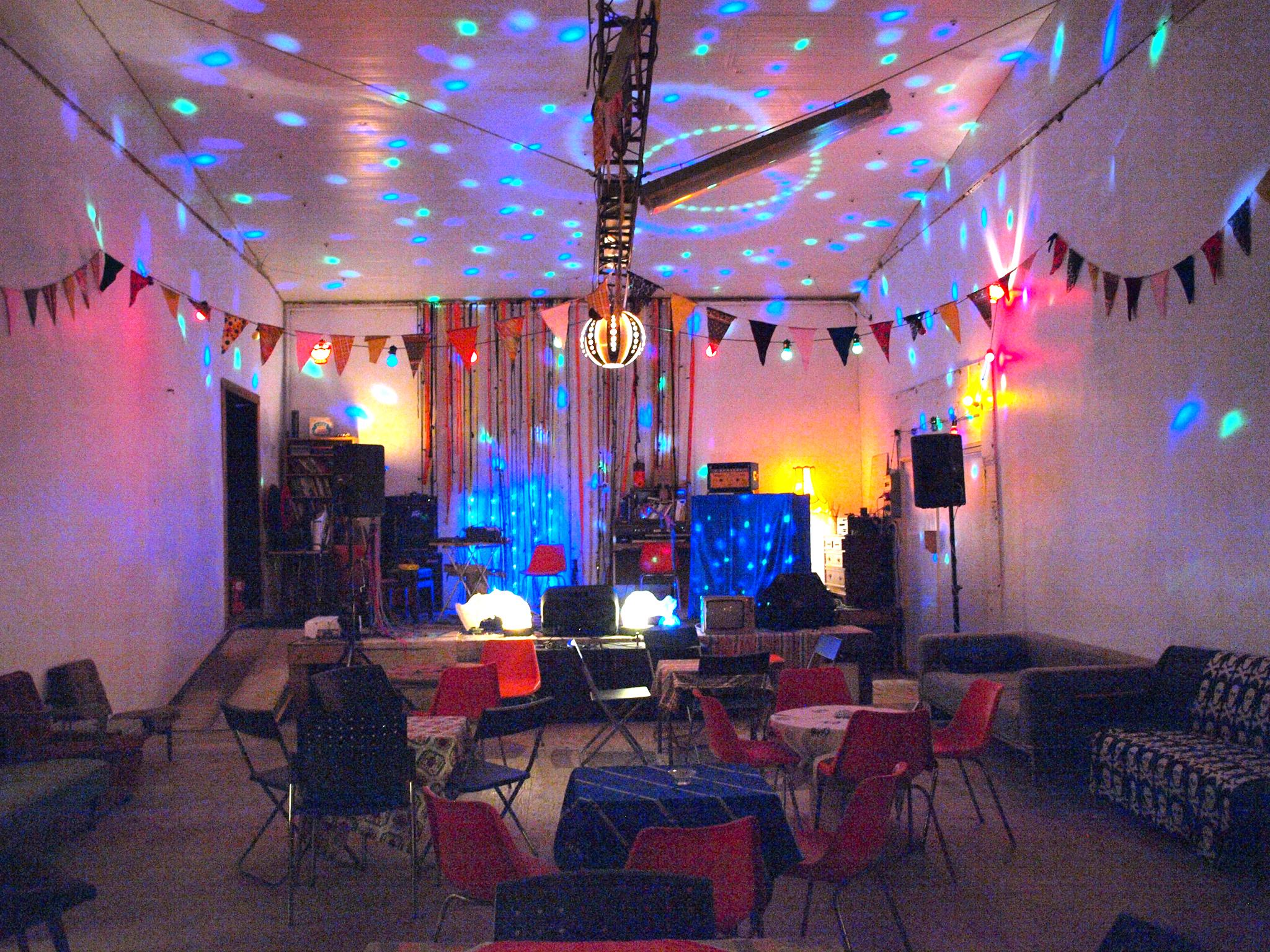Iceland's creative heart: makeshift museums, public art and blissful isolation
As Reykjavik's young creatives are decamping to remote East Iceland, direct flights from the UK are opening it up to British visitors

Your support helps us to tell the story
From reproductive rights to climate change to Big Tech, The Independent is on the ground when the story is developing. Whether it's investigating the financials of Elon Musk's pro-Trump PAC or producing our latest documentary, 'The A Word', which shines a light on the American women fighting for reproductive rights, we know how important it is to parse out the facts from the messaging.
At such a critical moment in US history, we need reporters on the ground. Your donation allows us to keep sending journalists to speak to both sides of the story.
The Independent is trusted by Americans across the entire political spectrum. And unlike many other quality news outlets, we choose not to lock Americans out of our reporting and analysis with paywalls. We believe quality journalism should be available to everyone, paid for by those who can afford it.
Your support makes all the difference.“I like rocks,” Audunn shrugs. It’s a fair response, I suppose, when you ask someone why they collect rocks.
Audunn Baldursson’s Stone and Mineral Collection is housed in a room above his workshop, in the small town of Djupivogur. If it sounds like a rather eccentric tourist attraction, get used to it – this part of the world is nothing if not idiosyncratic.
New direct flights with Discover the World from Gatwick to Egilsstadir start this week, opening up remote parts of East Iceland to visitors – at least until the end of August, when the flights end for the season. Otherwise, the way to get there is to fly via Reykjavik, transferring from Keflavik to the capital’s tiny domestic airport, where the check-in staff only need my first name before waving me through to departures.
In Djupivogur, about an hour and a half’s drive south of Egilsstadir, Audunn has been gathering rocks for more than 25 years. He opened up his collection to the public in 2009, and now he welcomes around 2,000 visitors each summer. The room is filled with shelf upon shelf of glistening geological marvels; rocks sliced in half by circular saw and polished to reveal the crystals within. The biggest on display is a 460kg boulder containing agate, quartz and zeolite – the largest of its kind ever found in Iceland. Audunn proudly recalls the times he turned down a substantial sum to sell his whole collection; to him it’s priceless.

With its scattered low-rise houses and pleasant little harbour, Djupivogur is the country’s first “Slow Town”. Accredited by the Italy-based Cittaslow association, the designation recognises towns for their craft tradition, unspoiled landscape, high quality food and general good living.
“You might not notice but you’ll walk around and not see a Coca-Cola sign,” says Gauti Johannesson, mayor of Djupivogur. “We try to keep globalisation at bay.”
Gauti, who oversees the administration of the 460-strong community here, certainly embraces the good living aspect of the Slow Town ethos. On the outskirts of town he shows off a DIY hot tub he and some friends installed; it’s easy if you want to recreate it at home – all you need is a natural hot spring, an old cheese-making container and several burly Icelanders. Its rustic, sure, but who wouldn’t want a soak overlooking a fjord? Gauti doesn’t usually bring people here as he doesn’t want to risk it getting crowded – but I couldn’t find it again if I tried.
Beyond the scattered settlements, this region is one of dramatic landscapes: black-sand beaches, snow-capped volcanoes and fjords of crystal-clear water. In summer it's ideal for outdoor activities such as hiking and riding purebred Icelandic horses. In winter, when I visit, It's still possible to explore - but by 4x4, rather than on foot.
Gauti and I drive to meet Vilmundur Thorgrimsson, who has turned his house and outbuildings into a museum of sorts. It’s considerably more ramshackle than Audunn’s, and doesn’t seem to have a name; items on display range from bones and fossils to sticks and stones. Some are made into quirky souvenirs while others are left au naturelle, lining shelf after shelf. Out in front, the garden is dotted with homemade figures that stand guard over the collection, and a hand-painted sign that promises items “for trade or change”. I’m not sure I have anything that would be a fair exchange for whale bones…

Down at Gledivik (Merry Bay), a short walk from the centre of Djupivogur, is a slightly more official-looking creative endeavour. The Eggs of Merry Bay are 34 large stone replicas of the eggs of local birds, created by Icelandic artist Sigurdur Gudmundsson, each slightly different in shape and colour. Against the stark backdrop of grey sea and craggy peaks beyond, the eggs look rather lonely on their individual concrete plinths, like the abandoned offspring of a flock of giant birds.
A couple of fjords over – several hours’ drive along the road that hugs the picturesque, crinkle-cut coastline – is Stodvarfjordur, a town that makes Djupivogur look like a buzzing metropolis by comparison. Home to just 180-odd people, it has no bank, no post office and no supermarket; all of them have closed down in recent years.
Enter the Fish Factory Creative Centre. Set up by two Icelanders and an Irishman, the centre is set within an old fish processing facility looking out across the fjord. Closed in 2005, the building has since been turned into an arts centre and communal space for locals.

“The municipality had the idea to tear down the building and sweep it into the ocean,” says Rosa Valtingojer, as she and her business partner Una Bjork Sigurdardottir show me around.
The Fish Factory is still a work in progress, with a recording studio and ceramics space under construction – but it’s already attracting artists from around the world. There’s a residency programme – during my visit a Liverpudlian called Simeon was creating work from dried seaweed and kelp from the fjord – plus areas that the community can come and use as they please, whether they want to make a work of art or fix a boat.
The pair (their third partner, Vincent Wood, is more behind the scenes) run tours of the centre on demand (“the idea is slow tourism,” says Una), but otherwise visitors can pick up vintage bargains at the in-house charity shop, or pop along to the events – mostly small gigs and parties – held in what’s jokingly called the “concert hall”.

While Rosa grew up in the area, Una moved here from Reykjavik – and she’s not the only one. A growing number of creative Icelanders are heading east; among those I meet is Berglind Hasler of the popular Icelandic band Prins Polo, who along with her band-mate husband, Svavar Petur Eysteinsson, transplanted their family here from the capital a few years ago. Similarly, film-maker Denni Karlsson and his wife relocated to open a guest house and activity centre in a scantly populated valley.
Yet, for all the blissful isolation this remote region offers, the sense of community is obvious. Everyone seems to know each other, and after a few days here I’m already feeling like a local as I bump into some of my new friends at a petrol station. And when I find myself back at Egilsstadir airport my East Icelander credentials are sealed when I don’t reach for my passport; all they need is my first name, after all.
Travel essentials
Getting there
Nicola Trup flew from Gatwick to Reykjavik with Icelandair (icelandair.co.uk) and on to Egilsstadir with Air Iceland (airiceland.is).
Discover the World’s (discover-the-world.co.uk) non-stop flights between Gatwick and Egilsstadir operate between 9 July and 20 August.
Staying there
Berunes Hostel, near Djupivogur (berunes.is) has double rooms with shared bathrooms from £85, room only.
Egilsstadir Guesthouse (lakehotel.is) offers doubles from £109 B&B.
Wilderness Center, Nordurdalur (wilderness.is) has dorm beds from £38, room only.
Visiting there
Tinna Adventure (tinna-adventure.is) offers tours of East Iceland; a four-hour superjeep tour costs from £123pp.
More information
Join our commenting forum
Join thought-provoking conversations, follow other Independent readers and see their replies
Comments